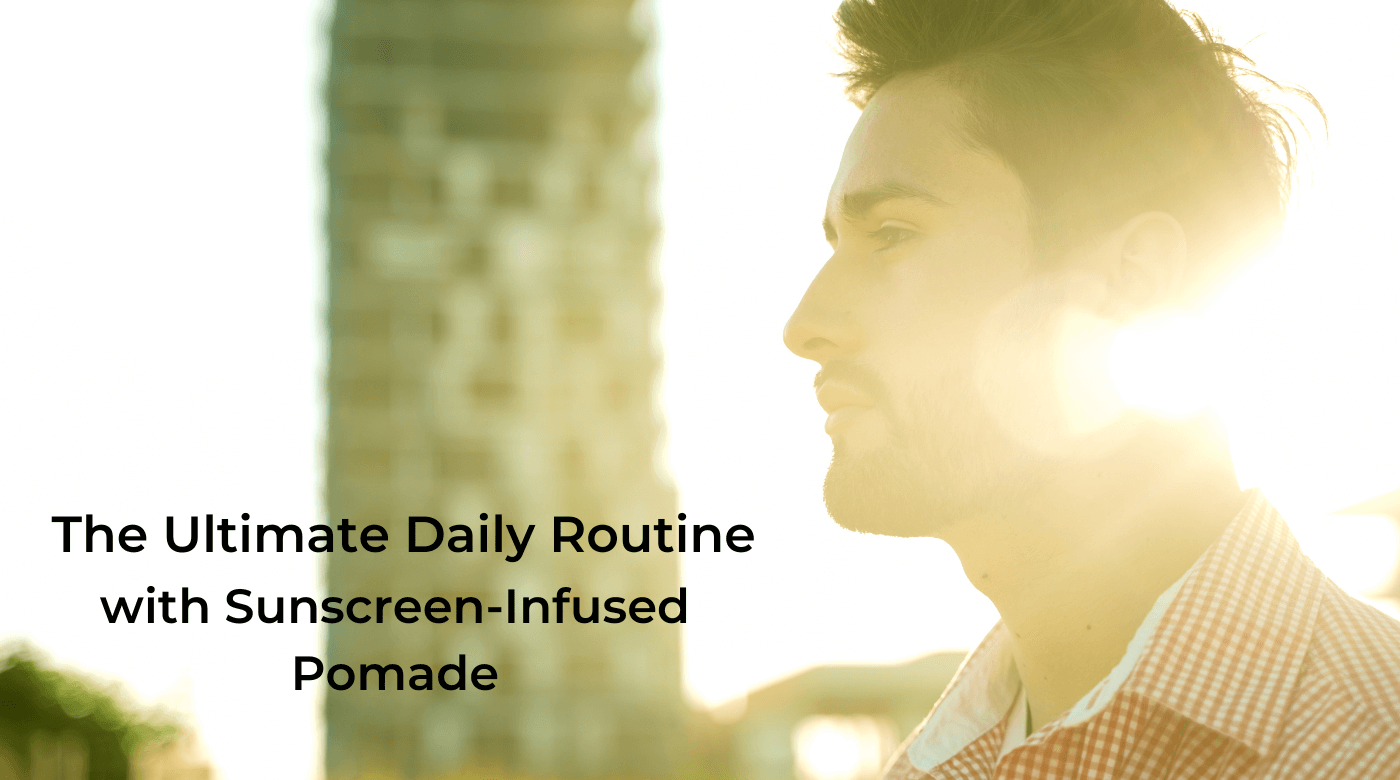Defend Your Skin: Actinic Keratosis Awareness
Defend your skin: actinic keratosis awareness, and precancerous skin growths are common among those who spend excessive time in UV light. Actinic keratosis is one condition that develops essentially due to sun (or tanning bed) damage. More than 40 million Americans develop actinic keratosis (AK) each year, according to the AAD.
What Is Actinic Keratosis?
Actinic keratosis is a precancerous skin growth that forms as a scaly patch. This scaly, rough patch grows slowly and usually first appears in people 40 years and older. The most common places you can spot actinic keratosis are on the ears, lips, face, neck, scalp, forearms, and hands. While actinic keratosis is precancerous and- thus- benign as it stands. If left untreated, the risk of it becoming skin cancer is about 5% to 10%.

Developing Actinic Keratosis
Defend your skin: Actinic Keratosis Awareness, harmful UV rays are the leading cause of developing actinic keratosis. Many people go about their day-to-day without realizing how damaging too much sunlight can be. And one of the main reasons people develop solar keratosis is the lack of protective clothing, sunscreen, shade, and hat to protect the scalp. Without protection from the sun, its harmful rays penetrate the skin and cause a buildup of damage over time- dryness, wrinkles, sun spots, precancerous lesions, and skin cancer. Aside from the sun, tanning beds are another leading cause of developing actinic keratosis, which produces harmful radiation levels.
Sol Style Pomade with UV Protection SPF 33

$12.00
A professional pomade with the benefit of UV protection. Classic styling, medium hold, and a lightweight feel. Smooth, flexible, moisturizing, and rinses out clean. Made in the USA, Paraben-Free and Free Shipping.… read more
Symptoms You May Experience
Watch for skin lesions in different colors: gray, yellow, brown, tan, red, or pink. You may notice a patch of skin that pops up in one of those colors and resembles a bump or pimple. It may also look flat or slightly raised. It sometimes resembles a wartlike surface and feels hard to the touch. Actinic keratoses usually form in less than 1-inch diameter. An actinic keratosis might not cause immediate discomfort or pain. However, some people may notice a physical sensation and discoloration: itching, burning, stinging, bleeding, tender, or painful to touch.

Treatment for Actinic Keratosis
The only way to properly diagnose actinic keratosis is to see a dermatologist. They will examine your skin closely, including the scalp, and make a proper treatment decision. Plus, they can determine if any AKs have morphed into skin cancer. Depending on how many AKs you have on your skin and their severity, your dermatologist may recommend one of these procedures:
Chemical peel
Cryosurgery
Laser therapy
Curettage
If recommended, you may also be instructed to apply at-home prescription creams and ointments.

Ways to Protect Your Skin from Sun Damage
Exposure to sunlight is beneficial for our health as it aids in producing vitamin D, which is essential for maintaining healthy bones and teeth. However, prolonged exposure to the sun's ultraviolet (UV) rays can damage our skin. Here are some simple tips to follow.
Apply Sunscreen: Apply a broad-spectrum sunscreen with an SPF of 30 or higher before going outside. Reapply it every two hours or more frequently if you are swimming or sweating.
Seek Shade: Stay in the shade during the peak hours of the day, between 10 a.m. and 4 p.m., when the sun is strongest.
Wear Protective Clothing: Wear long-sleeved shirts, pants, and hats that shade your face, neck, and ears. Look for clothing with UPF (ultraviolet protection factor) to block out the sun's harmful rays.
Wear Sunglasses: Wear sunglasses that offer 100% UV protection to protect your eyes and the skin around them from sun damage.
Avoid Tanning Beds: Avoid using tanning beds as they emit harmful UV rays, which increase your risk of developing skin cancer.
Check Your Medications: Some medications, such as certain antibiotics and birth control pills, can increase your sensitivity to the sun. Check with your doctor or pharmacist to see if any medications could make you more susceptible to sunburn or skin damage.
In conclusion
Preventing actinic keratosis and other sun-related skin damage requires making conscious lifestyle choices. This means prioritizing protection from harmful UV rays by seeking shade, wearing protective clothing and sunglasses, and avoiding tanning beds; additionally, using sunscreen with an appropriate SPF and reapplying regularly to minimize sun damage. It is also essential to stay vigilant and practice sun-safe habits year-round, even on cloudy or overcast days. Incorporating these habits into your daily routine can help reduce your risk of developing actinic keratosis and other sun-related skin damage while promoting overall skin health. Remember, these lifestyle choices are vital to protecting your skin and maintaining a healthy, radiant complexion.
Sol Style Pomade with UV Protection SPF 33

$12.00
A professional pomade with the benefit of UV protection. Classic styling, medium hold, and a lightweight feel. Smooth, flexible, moisturizing, and rinses out clean. Made in the USA, Paraben-Free and Free Shipping.… read more




